The older kids get, the more likely it is they will be exposed to drugs and alcohol, which increases the chances that they will experiment with these substances. And, unfortunately, children are being exposed to new drugs – some of which caretakers have never even heard of – that are more dangerous than ever before. One of these new drugs is fentanyl. Here’s what you need to know about this substance.
What is fentanyl?
Fentanyl is a synthetic or man-made opioid – a substance that alters the perception of pain and triggers the release of endorphins, creating a temporary, yet powerful, feeling of pleasure. This is the primary reason for increasing opioid overdose-related deaths.
Recently, brightly-colored “rainbow” versions of these pills have been seized by the Drug Enforcement Administration. Because rainbow fentanyl resembles candy, it is more attractive to children and young adults. But don’t be fooled — these colorful pills are deadly. Opioids can be addictive, and the misuse of these drugs can lead to harmful effects.
Fentanyl is up to 100 times more powerful than morphine, and it only takes a small amount for users to experience its intense effects, which may be too much for some users. For fentanyl to cause its effects, it must enter the blood and then the brain from the environment. It cannot produce its effects from simply being in proximity to it.
Why are teens taking fentanyl?
- Teens may often want to experiment with fentanyl pills due to it being readily available. It is often sold to them by their own peers at affordable prices or they can access it via social media. Drug dealers may often add fentanyl to heroin and other substances to create a less-expensive drug that still produces a powerful effect, so some teens may not even know they are taking the drug. In some cases, kids think they are taking Percocet and are sold/offered fentanyl, because of how similar they are made to look.
- For teens struggling with mental health symptoms, pills like fentanyl can often provide momentary relief, hence reinforcing their need to use it again. Many teens take fentanyl for its tranquilizing effects, idyllic for struggling youth.
- Kids often find that once they become addicted to fentanyl, they need to take the pills frequently to prevent withdrawal symptoms which can be intolerable. For some kids, this means using a pill as often as 2 hours.
Are certain teens more likely to take fentanyl?
Oftentimes before they get to fentanyl, teens are already using other drugs like alcohol, nicotine and marijuana. Teens who are already using other substances and who struggle with other mental health issues are more likely to try fentanyl.
What should I look for if I think my teen is using fentanyl?
- Parents may often accidentally come across drug paraphernalia when cleaning their children’ s room. These may be the pills themselves, pill cutters, tin foils or lighters. This can often cause anxiety and anger in parents, and it is important to ground yourself before having a conversation with the teen. Do NOT start accusing them of using drugs. Instead, if you find any suspicious items in their bedroom or on their person, this is an opportunity to open a dialogue with them.
- Again, fentanyl is an escalation drug so chances are you will see changes in behavior and other substances around your teen before you find pills. Some of this paraphernalia includes:
-
- Nicotine vaping devices
- Loose tobacco and rolling papers
- Vape cartridges that may contain different forms of THC
- Other signs your teen may be using fentanyl include:
- Quitting sports or other activities that they once enjoyed
- Falling grades
- Isolating from friends and family
- Spending time with new, different friends
As a parent, it is important that you express your expectations around drug use and the consequences – to their health as well as in the home – to your teen. Because drugs like fentanyl are highly addictive, it is important to seek medical help and medication-assisted recovery if your child is taking these substances.
It is important to let your child know that you are available to have open conversations about difficult topics and that you are there to help and support them. You should also be sure that they know about the dangers of drug use, how to stay safe and that they understand your expectations.
If you suspect that your child is using or is at risk of using fentanyl, apart from seeking immediate medical attention, it is important to have Naloxone in the household. Naloxone (Narcan) is an opioid reversal agent that is one of the most effective tools against opioid overdose. This is dispensed free of cost from most pharmacies in Washington D.C., no prescription or ID required.
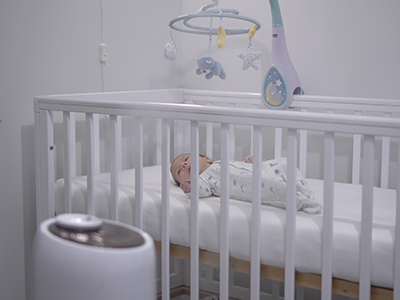 https://riseandshine.childrensnational.org/wp-content/uploads/2024/04/baby-sleeping-in-crib-feature.png
300
400
Danielle Robbins
https://riseandshine.childrensnational.org/wp-content/uploads/2017/11/childrens_riseandshine_logo.jpg
Danielle Robbins2024-04-19 10:54:482024-04-22 11:13:49The truth about baby sound machines and hearing loss
https://riseandshine.childrensnational.org/wp-content/uploads/2024/04/baby-sleeping-in-crib-feature.png
300
400
Danielle Robbins
https://riseandshine.childrensnational.org/wp-content/uploads/2017/11/childrens_riseandshine_logo.jpg
Danielle Robbins2024-04-19 10:54:482024-04-22 11:13:49The truth about baby sound machines and hearing loss



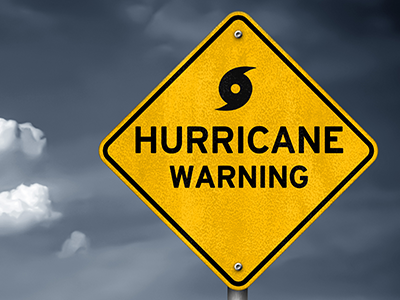



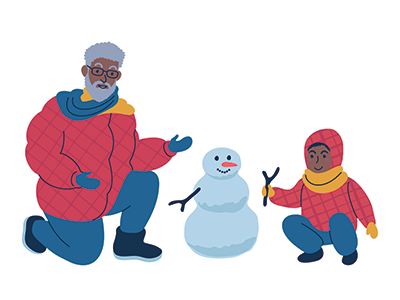
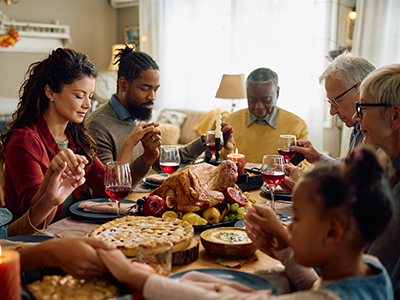
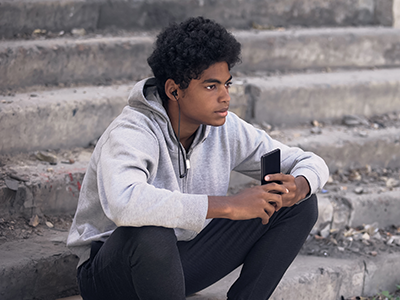


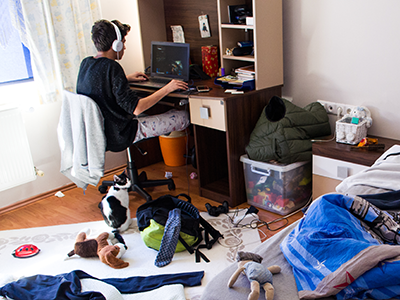
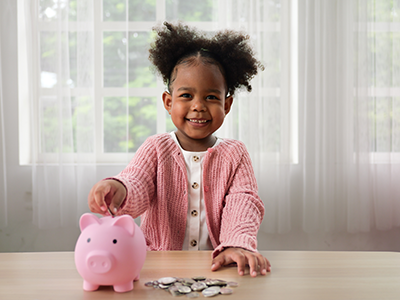



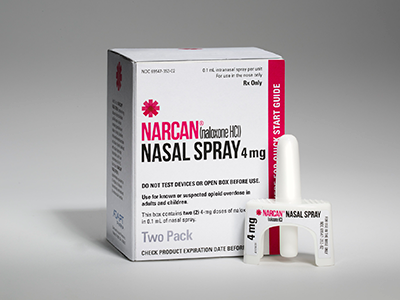
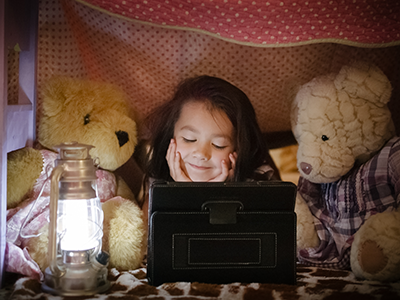
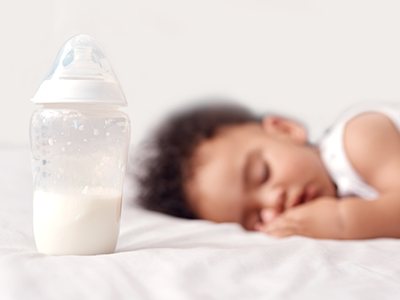
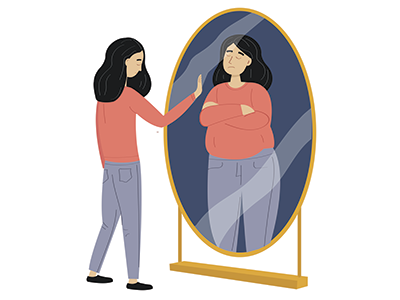
Thanks for your information . i am read your article i am very impressive.